Defining ‘Contemporary’ in Art: Unpacking Modern Terminology
To define contemporary in art, we must understand its temporal and conceptual dimensions. Contemporary art generally refers to artwork produced in the present era, typically from the late 20th century to the current day. Unlike historical art movements with clearly defined characteristics, contemporary art defies singular classification.
The term “contemporary” in art encompasses:
-
Work created by living artists or those who recently passed away
-
Art that reflects current cultural, social, and technological contexts
-
Pieces that often challenge traditional notions of what constitutes art
-
Creative expressions that engage with present-day issues and perspectives
According to research published in the International Journal of Social Sciences and Humanities Invention, contemporary art reflects societal values, technological advancements, and cultural shifts, serving as both mirror and catalyst for broader social changes.
Defining contemporary art requires recognizing its fluid nature. What distinguishes contemporary painting from historical works isn’t merely when it was created but how it engages with current dialogues. The meaning of contemporary art evolves continuously, incorporating diverse mediums, perspectives, and approaches that respond to our rapidly changing world. Understanding contemporary art means embracing its inherent plurality and dynamism rather than seeking fixed definitions.
Key Takeaways
| Takeaway | Explanation |
| Contemporary art is not limited to a specific style or medium. | It includes diverse forms and practices that respond to current cultural, social, and technological contexts. |
| The evolution from modernism to contemporary art reflects a shift in artistic philosophy. | While modernism sought universal truths, contemporary art embraces plurality and identity. |
| Key features of contemporary art include medium flexibility and conceptual emphasis. | Artists often prioritize ideas and innovation, challenging traditional structures and narratives. |
| Contemporary art engages with current issues like climate change and identity. | Artists are increasingly addressing pressing social and political subjects through their work. |
The Historical Evolution: From Modernism to Contemporary Movements
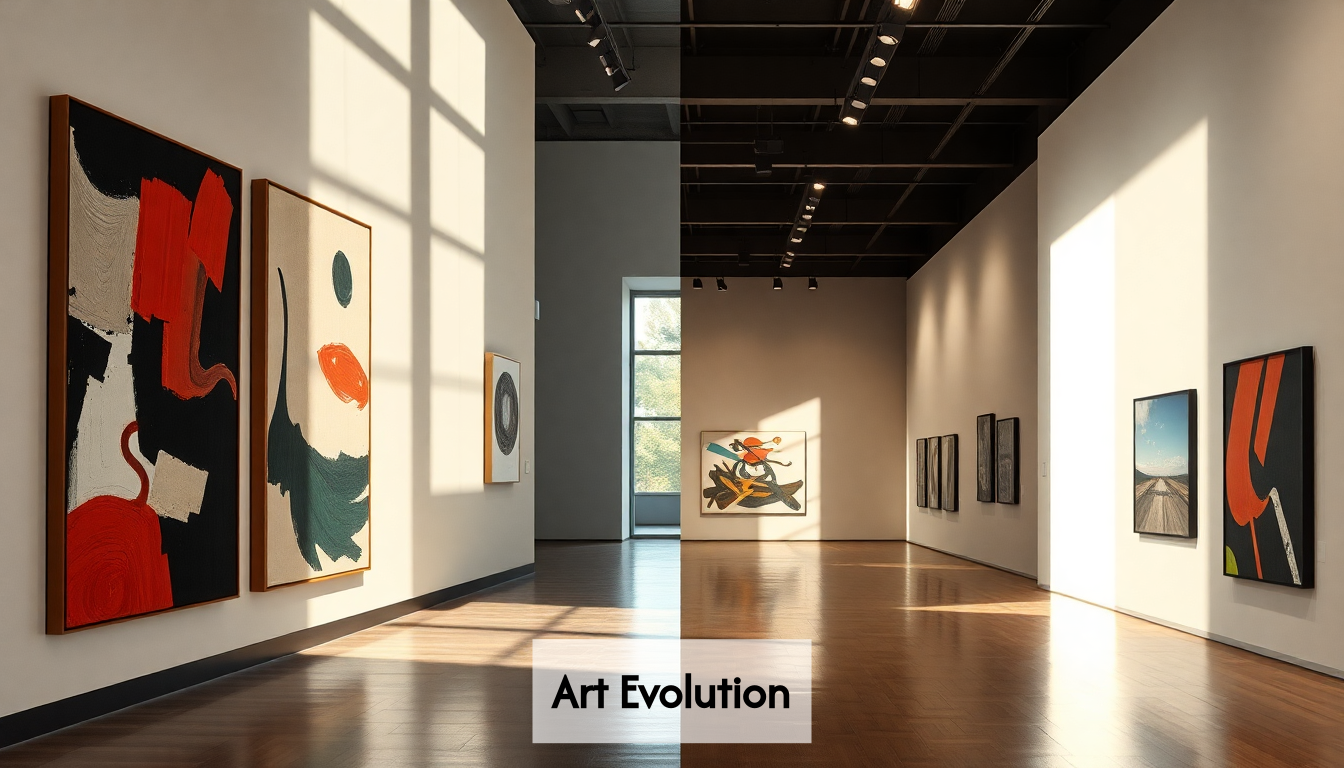
The journey to define contemporary in art requires understanding its historical progression. Modern art emerged in the late 19th century, continuing until approximately the 1970s, when contemporary art began taking shape. This transition represents not just a chronological shift but a fundamental change in artistic philosophy and practice.
Modernism (1850-1950) developed as a response to industrialization and societal upheaval, characterized by:
-
Rejection of academic traditions and historical references
-
Emphasis on innovation and formal experimentation
-
The belief in universal aesthetic principles
-
Clear movements with defined manifestos (Impressionism, Cubism, Expressionism)
According to Fundación MAPFRE, modern art arose specifically as artists’ response to the Industrial Revolution, war, and urbanization, causing them to break with traditional forms in search of new expressions of reality.
Contemporary art emerged from this foundation but diverged significantly. Where modernism sought universal truths and formal purity, contemporary art embraces plurality, context, and identity. Contemporary meaning in art expanded to include diverse media—installation, performance, digital art, and social practice—beyond traditional painting and sculpture. Contemporary artists frequently engage with global issues, personal identity, and technological transformation while questioning institutional structures.
This evolution helps us understand what contemporary art means today: not a single aesthetic but a diverse creative approach responding to our complex global reality.
Key Characteristics and Themes in Contemporary Art
When we define contemporary in art, certain distinctive characteristics and recurring themes emerge that help identify what contemporary art looks like across diverse practices. Contemporary art is fundamentally characterized by its plurality, hybridity, and engagement with current social realities.
Contemporary art frequently exhibits these defining features:
-
Medium flexibility - Abandonment of traditional categories in favor of interdisciplinary approaches and new media
-
Conceptual emphasis - Privileging ideas and context over technical mastery or aesthetic beauty
-
Identity exploration - Examination of personal, cultural, and political identities
-
Institutional critique - Questioning of art world structures, market forces, and established narratives
-
Technological integration - Incorporation of digital technologies and new forms of production
According to research from The Evolution of Contemporary Art, contemporary art mirrors cultural shifts and technological advancements while simultaneously challenging conventional perspectives on the world.
The meaning of contemporary art often surfaces through its thematic concerns. Climate change, globalization, migration, gender fluidity, surveillance, and digital identity represent recurring subjects that contemporary artists address. Unlike earlier periods where unified aesthetic approaches defined movements, contemporary art meaning derives from its critical engagement with present conditions rather than adherence to particular visual styles.
Contemporary painting, for instance, might incorporate non-traditional materials, digital techniques, or performance elements while addressing current social issues—demonstrating how contemporary artists continually expand the boundaries of their mediums while responding to our shared cultural moment.
Perspectives from Artists and Critics on Contemporary Art
To define contemporary in art authentically, we must consider the voices of those who create and critique it. Contemporary artists and critics offer valuable insights into what distinguishes contemporary art from previous movements and what drives its ongoing evolution.
Contemporary artists frequently resist singular definitions, preferring to emphasize art’s capacity to respond to present conditions. Many describe their practice as a form of inquiry rather than a style or medium. This approach reflects the meaning of contemporary artist as someone who poses questions rather than provides answers.
What do contemporary artists and critics say defines contemporary art?
-
The breakdown of boundaries between disciplines and mediums
-
A self-conscious relationship with art history and institutions
-
The democratization of artistic production and access
-
The integration of everyday life and popular culture
-
A critical engagement with social, political, and technological realities
According to research published in ResearchGate, art criticism plays a crucial role in shaping public perception of contemporary art, having evolved from its historical origins tied to aristocratic patronage to its current, more democratized form influenced by social media and online platforms.
Contemporary arts meaning is continually negotiated through this dialogue between creators, critics, institutions, and audiences. Contemporary painting might be characterized by its dialogue with photography and digital media, while contemporary art understanding more broadly requires engaging with the multiplicity of approaches that define our current moment. What emerges from these perspectives is a view of contemporary art as an open field of possibilities rather than a defined category with clear boundaries.
Global Trends and Future Directions in Contemporary Art
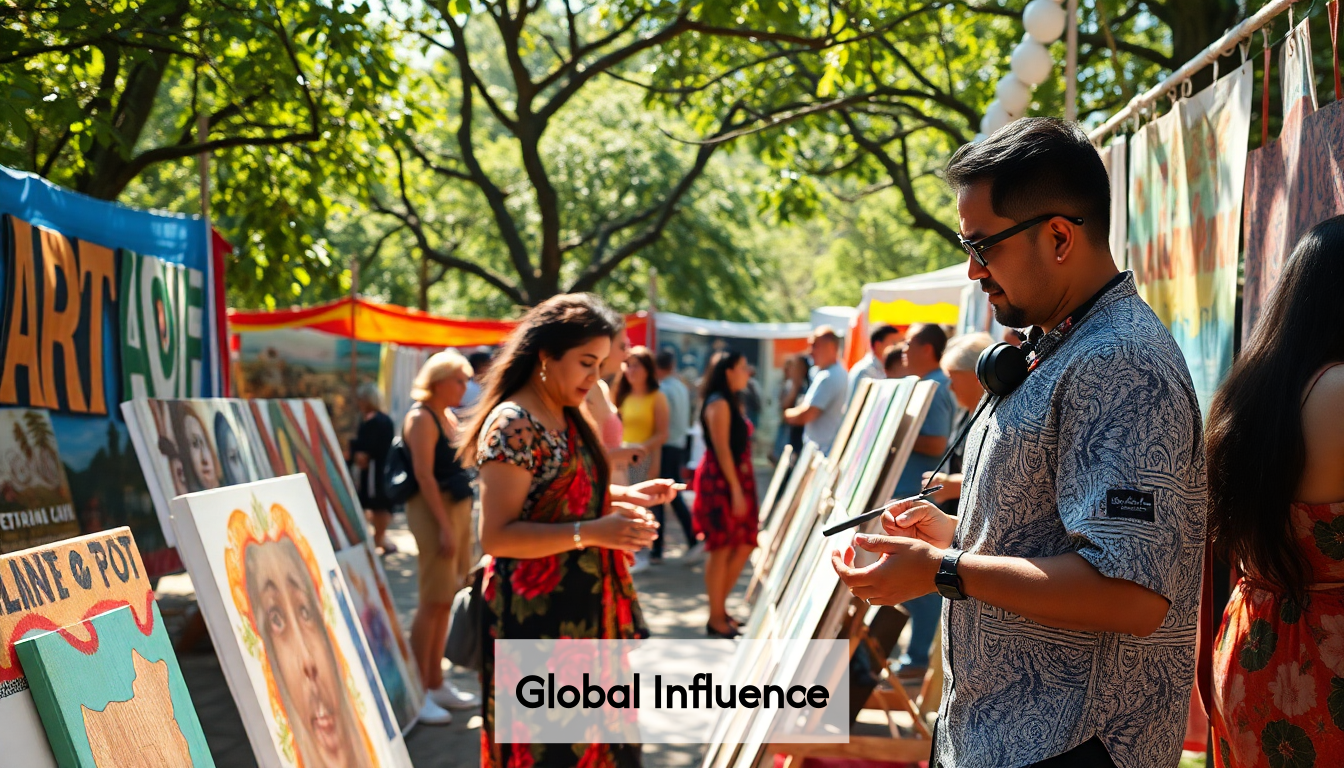
As we continue to define contemporary in art, examining emerging global trends offers insight into how contemporary art meaning is evolving. Today’s art world is increasingly decentralized, with significant creative energy emerging from previously marginalized regions and perspectives.
Contemporary art is experiencing several transformative shifts that redefine what contemporary painting, digital creation, and other forms look like:
-
Technological integration - AI-generated artwork, virtual/augmented reality installations, and blockchain-based art are reshaping creative possibilities
-
Environmental consciousness - Climate change and sustainability have become central themes and material considerations
-
Decolonization efforts - Artists are actively challenging Western-centric art narratives and institutional structures
-
Cross-disciplinary collaboration - Boundaries between art, science, activism, and technology continue to dissolve
-
Democratization of access - Digital platforms are creating alternative exhibition and distribution channels
According to research by gallery curator Masha Karmanova, AI is increasingly influential in art creation, exemplified by Christie’s $432,500 sale of an AI-generated portrait. Her analysis suggests future art will blend human intuition with algorithmic logic while addressing urgent social concerns.
The meaning of contemporary artist is likewise expanding to include those working with emerging technologies, climate-responsive materials, and socially-engaged practices. What does contemporary art look like? Increasingly, it resembles a global conversation rather than a set of stylistic trends. Contemporary arts meaning continues to be defined by its responsiveness to our rapidly changing technological, ecological, and social landscape rather than adherence to specific visual conventions.
Frequently Asked Questions
What is contemporary art?
Contemporary art refers to artwork produced in the present era, generally from the late 20th century to today. It reflects current cultural, social, and technological contexts and often challenges traditional notions of art.
How does contemporary art differ from modern art?
Contemporary art differs from modern art in its embrace of plurality and diverse media, moving away from universal truths and formal purity to engage with identity, context, and present-day issues.
What are the key characteristics of contemporary art?
Key characteristics of contemporary art include medium flexibility, conceptual emphasis, identity exploration, institutional critique, and technological integration, all of which reflect current social realities.
How do artists define contemporary art?
Artists define contemporary art as a practice that engages with present conditions, focusing on inquiry and critical perspectives rather than adhering to specific styles or mediums.
Elevate Your Space with Contemporary Art that Speaks to You
Defining contemporary art is not just about understanding what it is but also about connecting with the current cultural dialogues it represents. At Rossetti Art, we recognize your desire to embrace this fluid artistic landscape and find pieces that resonate deeply with our fast-evolving world. Imagine surrounding yourself with artworks that not only reflect present-day issues but also add a unique character to your home.
!
Why wait to discover art that embodies your values and aesthetic? Navigate through our vibrant collection of canvas prints, original paintings, and modern sculptures designed for art enthusiasts and collectors just like you. Take the leap today—transform your space and express your personality with artwork that makes a statement. Visit https://rossettiart.com now and experience the modern creativity and quality you deserve!

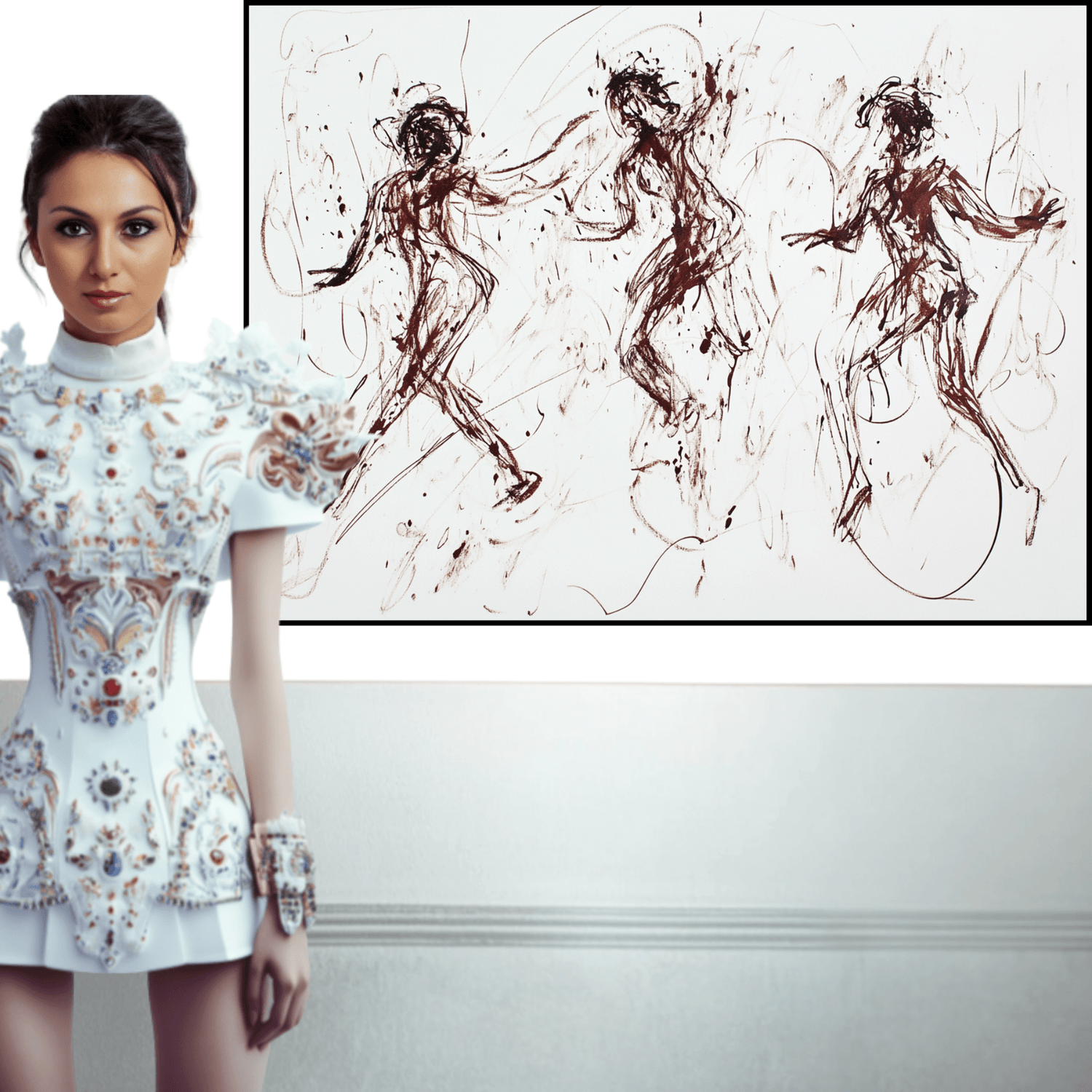
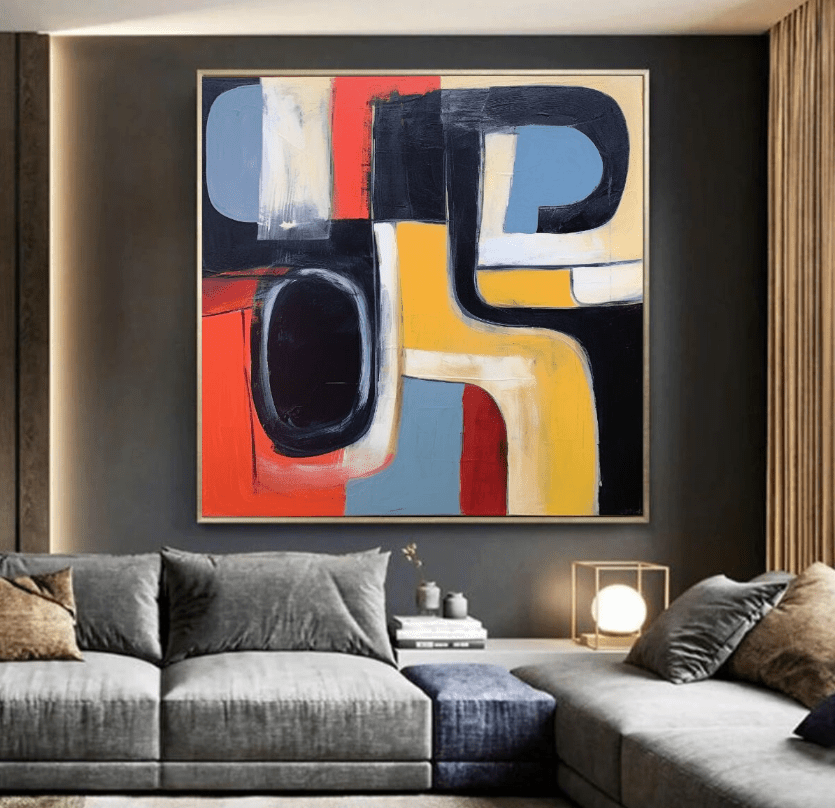
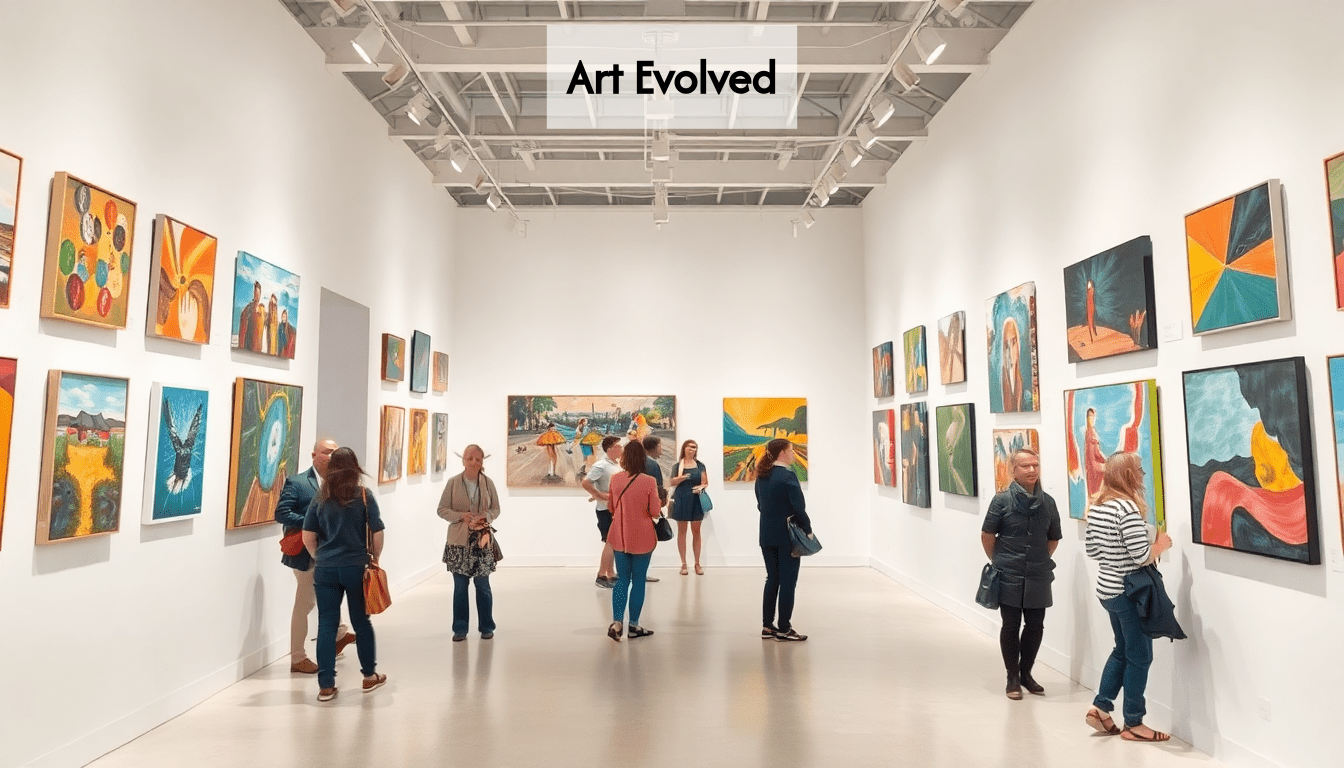
Leave a comment
This site is protected by hCaptcha and the hCaptcha Privacy Policy and Terms of Service apply.